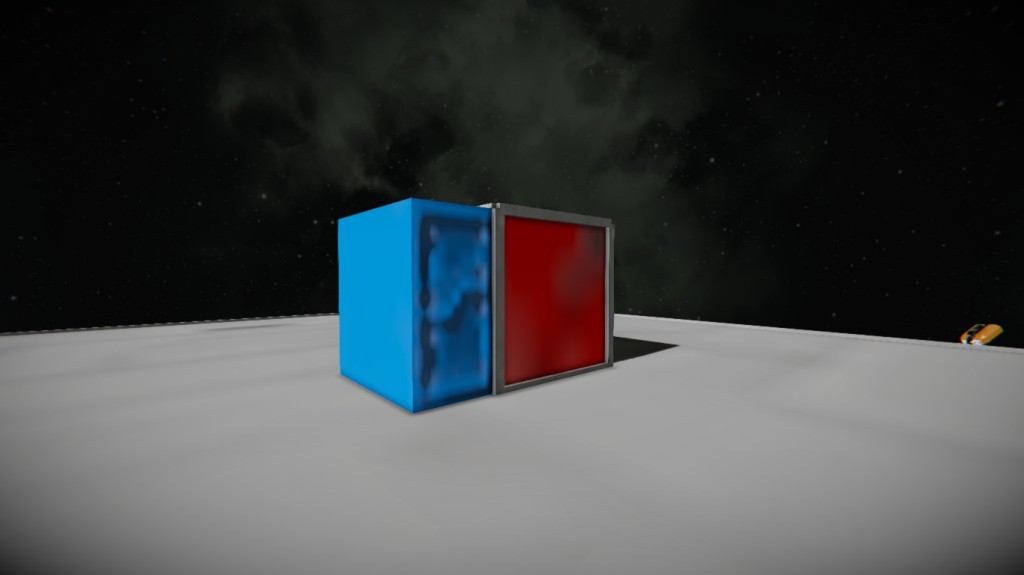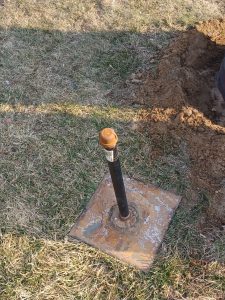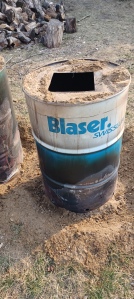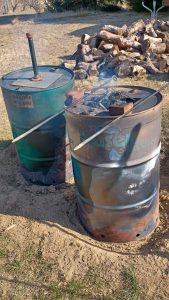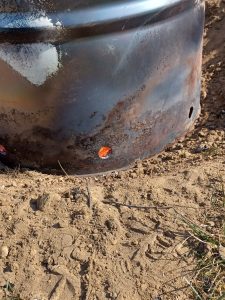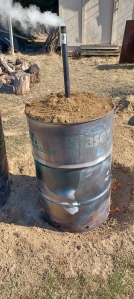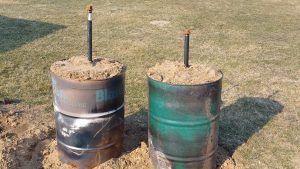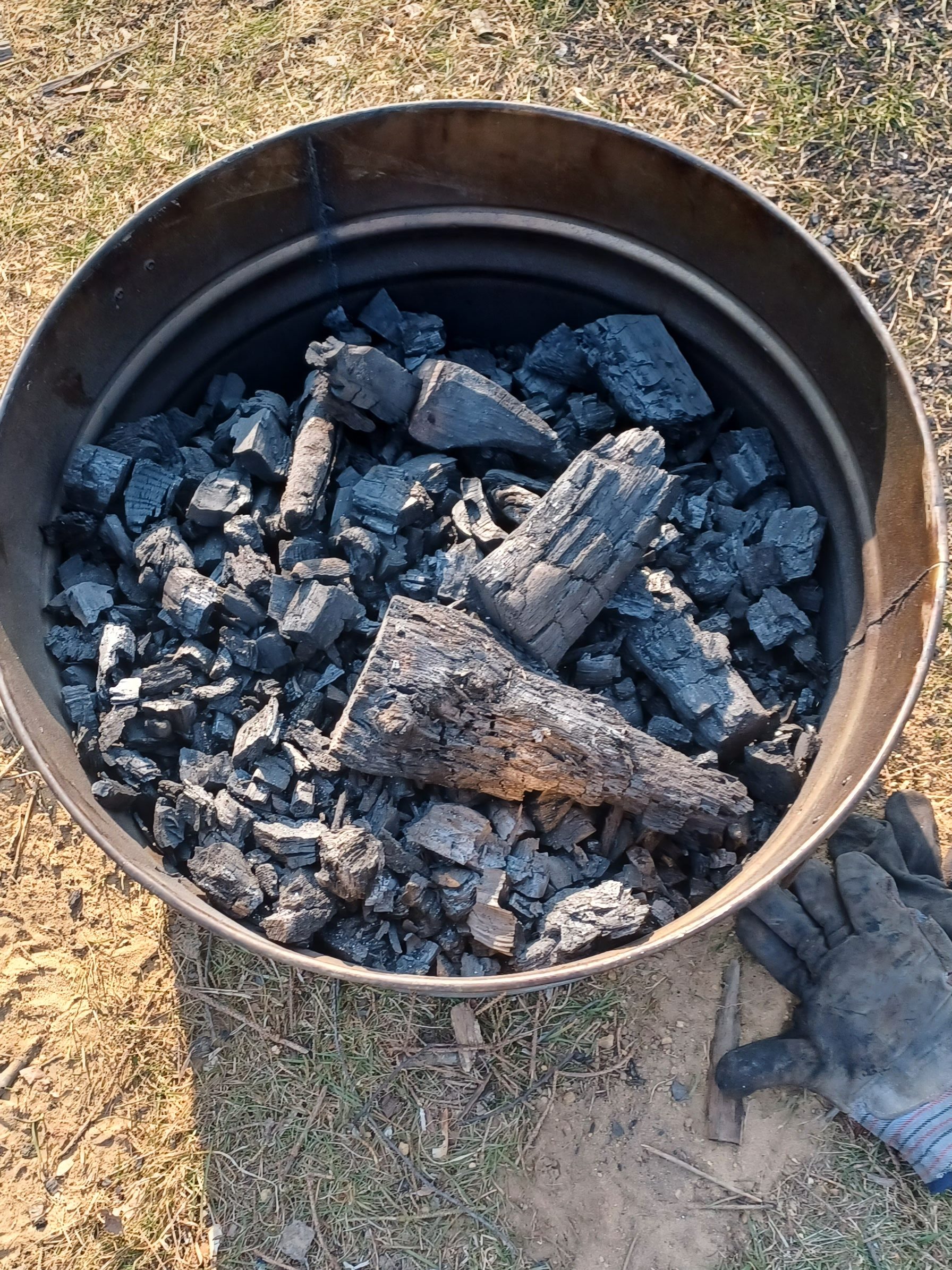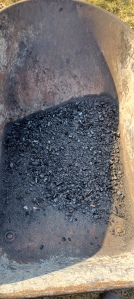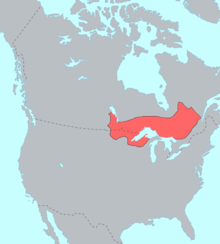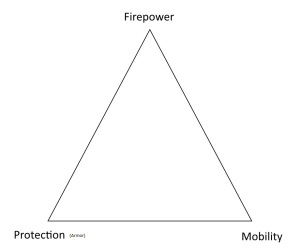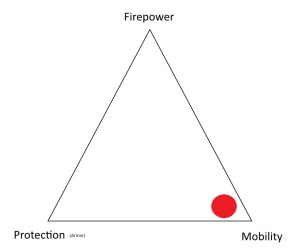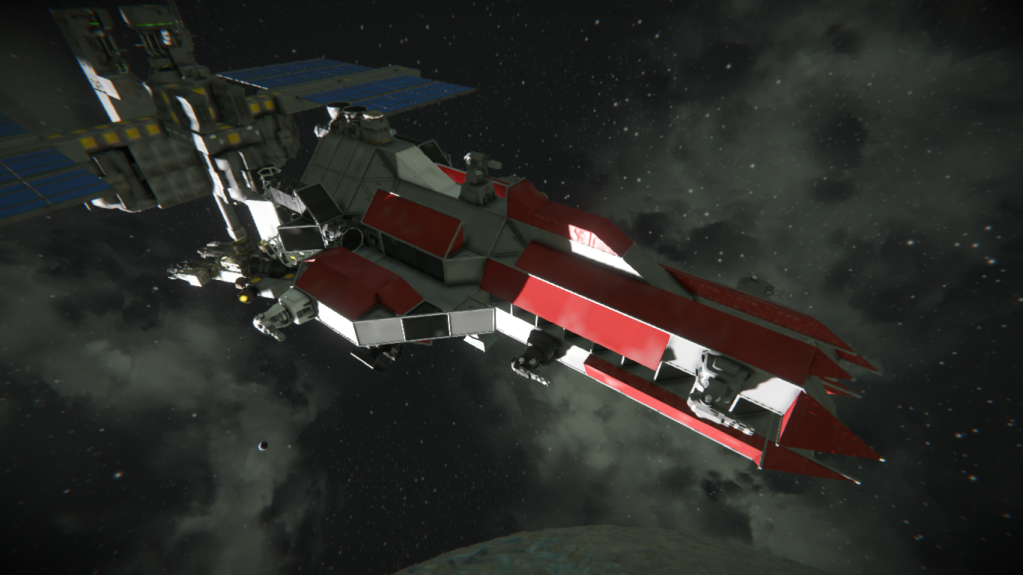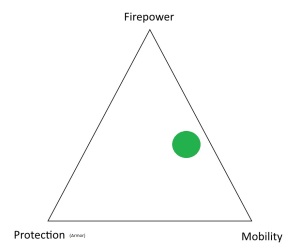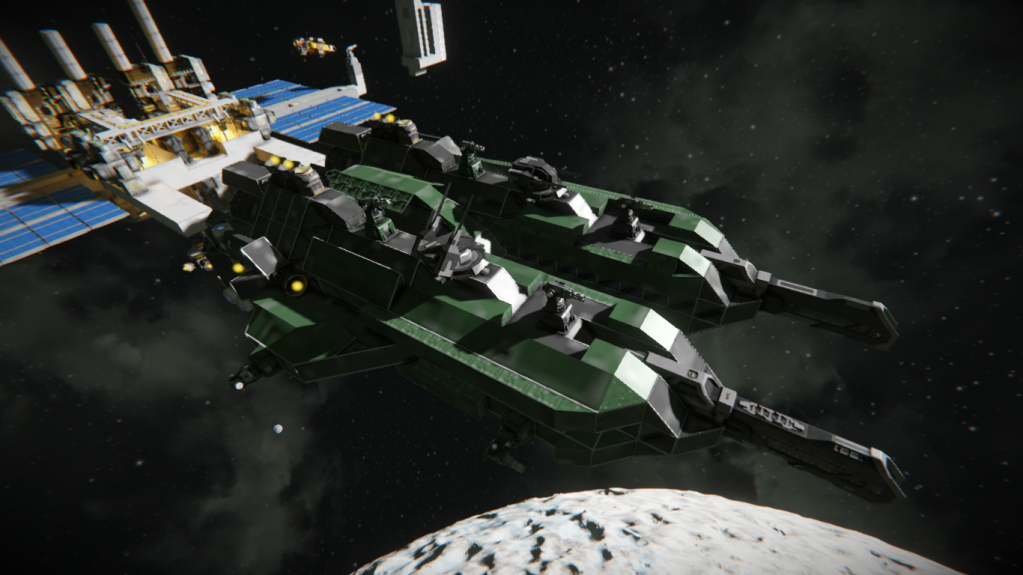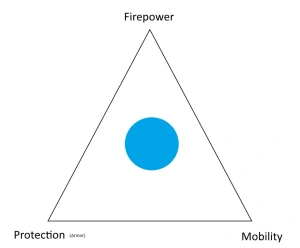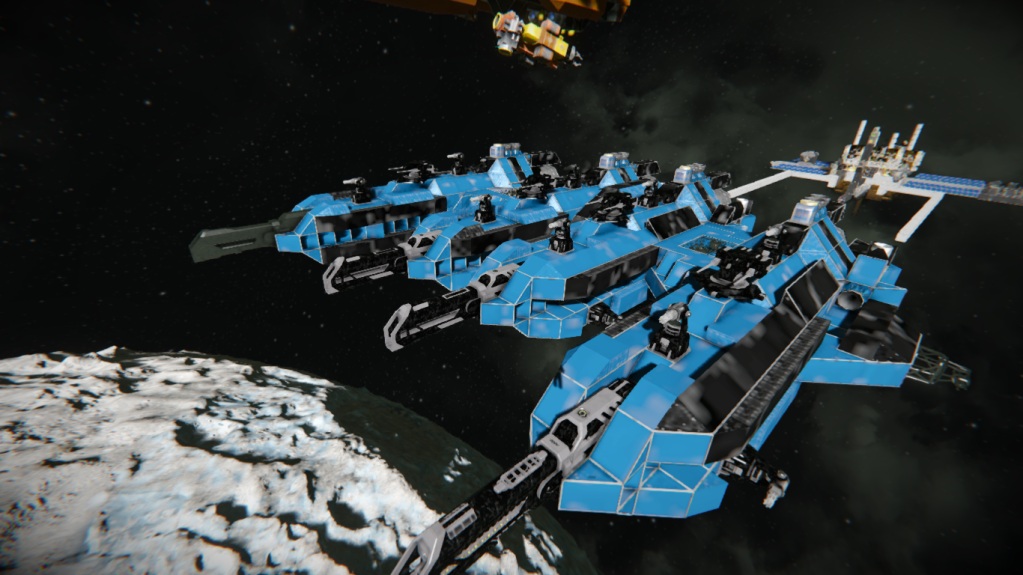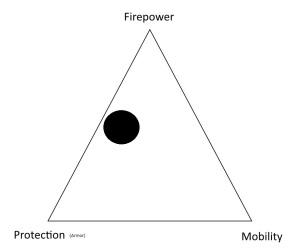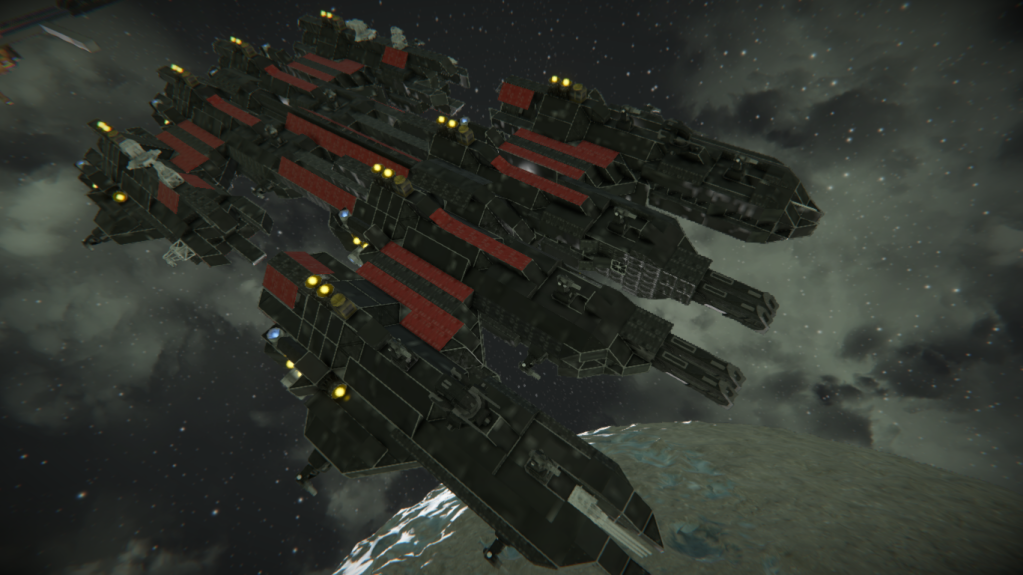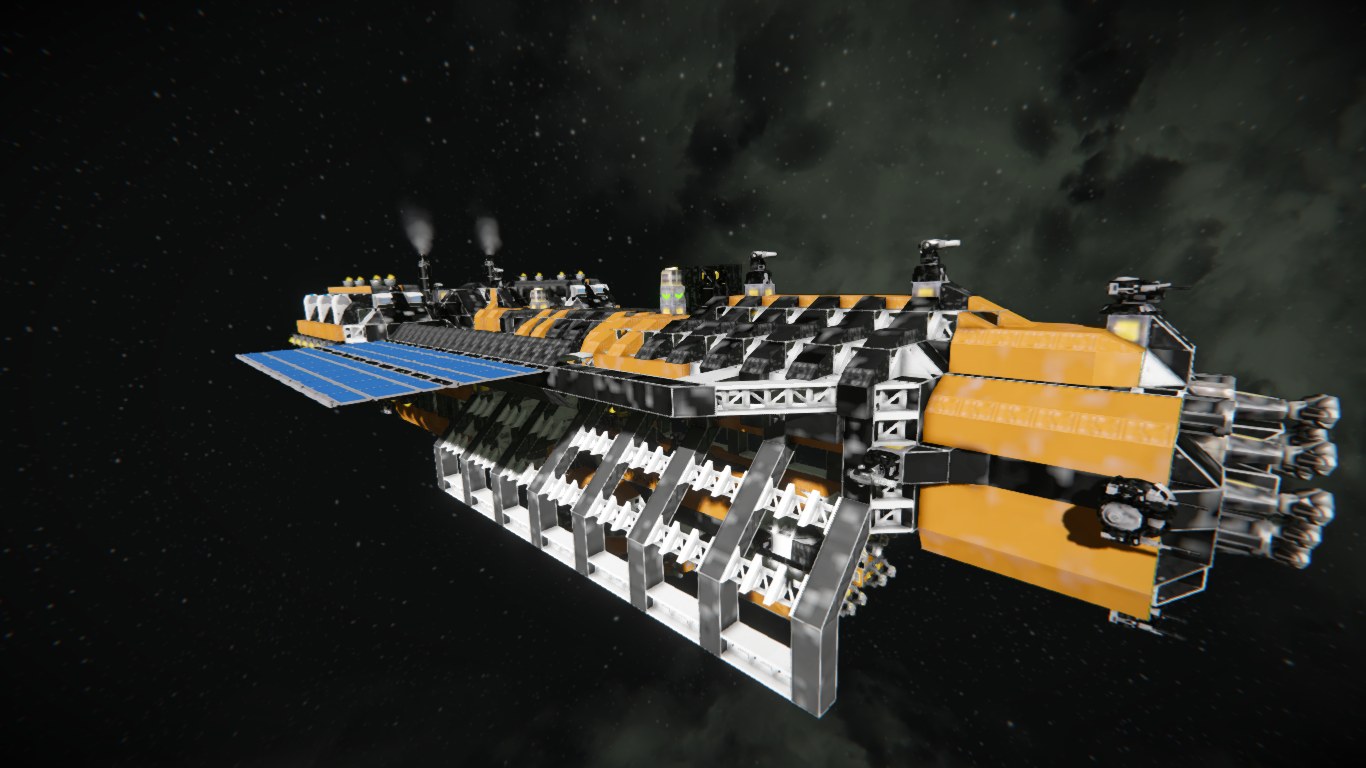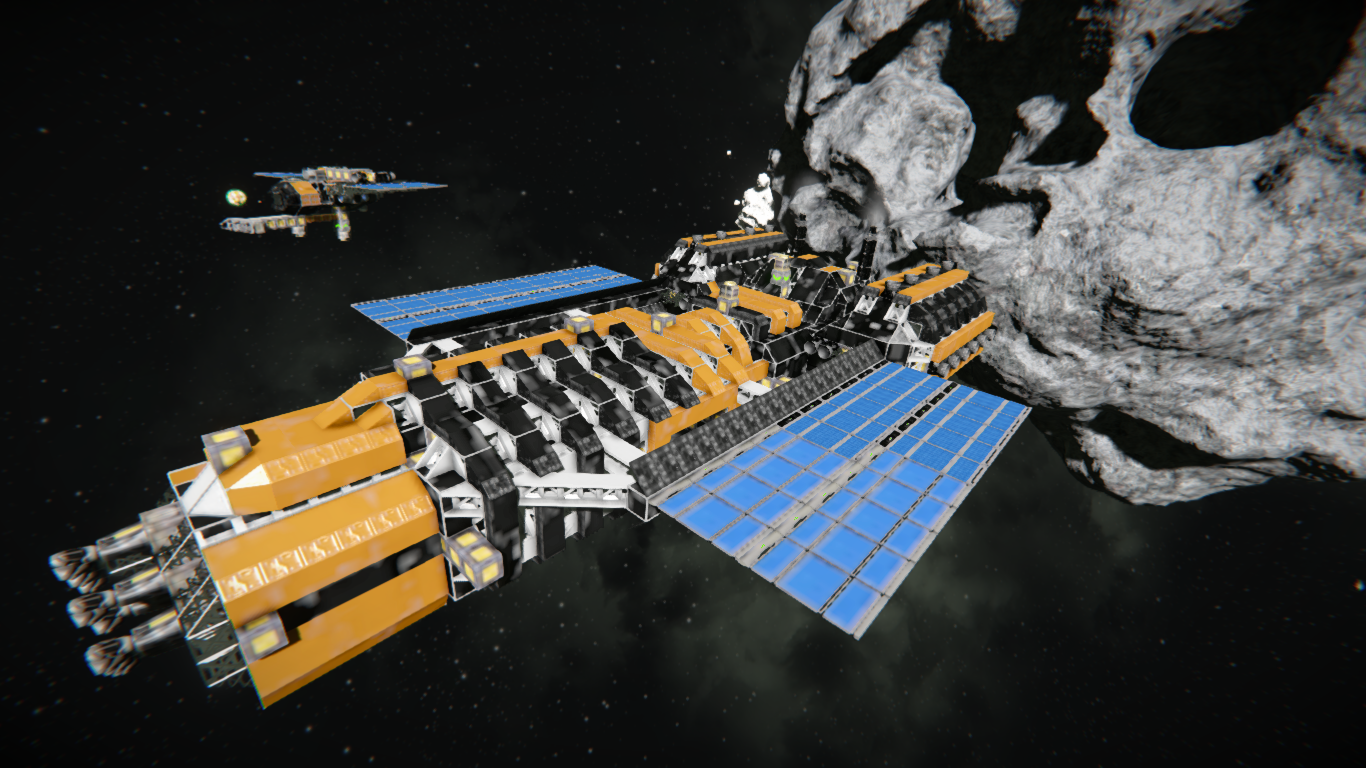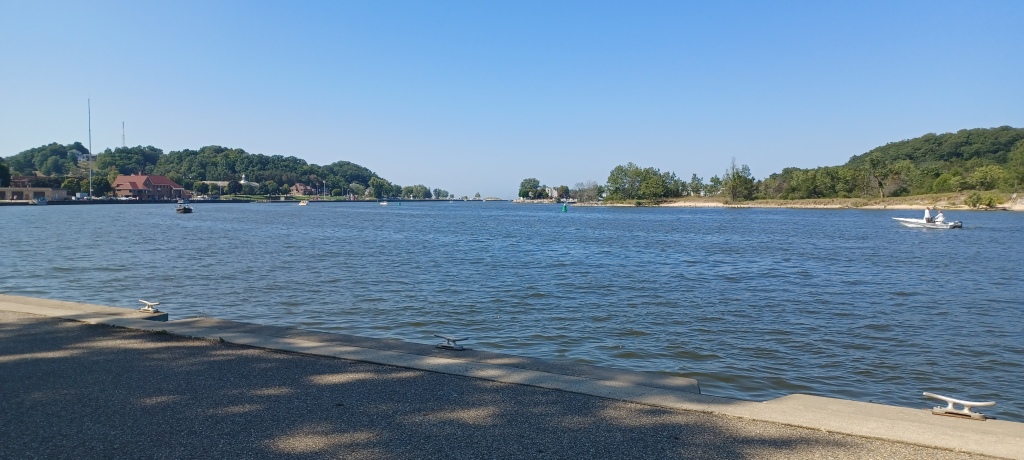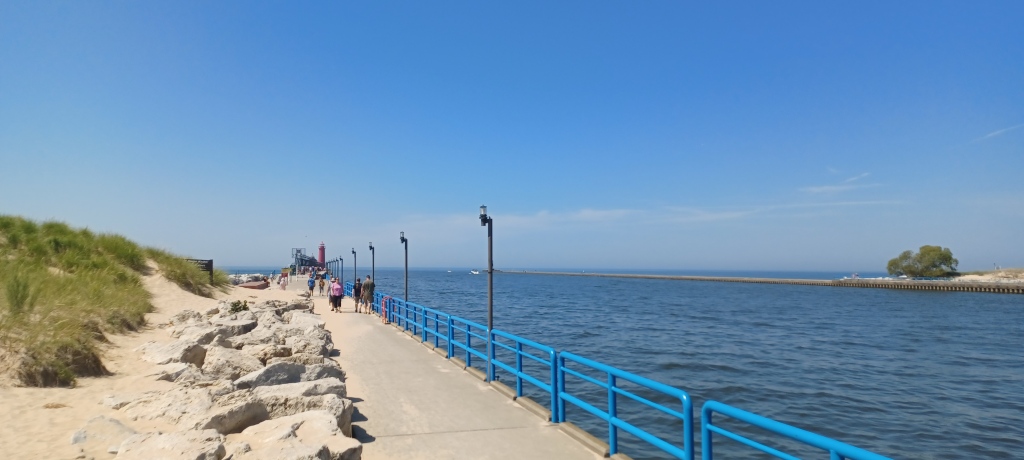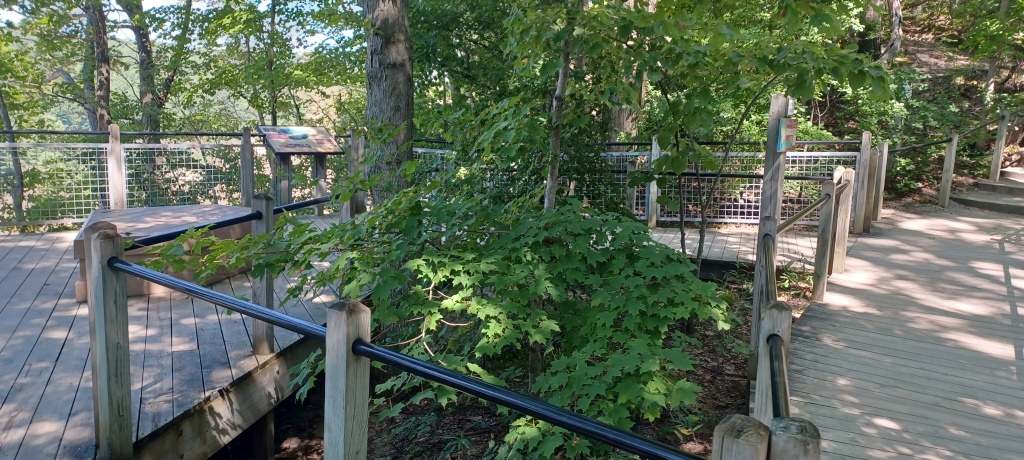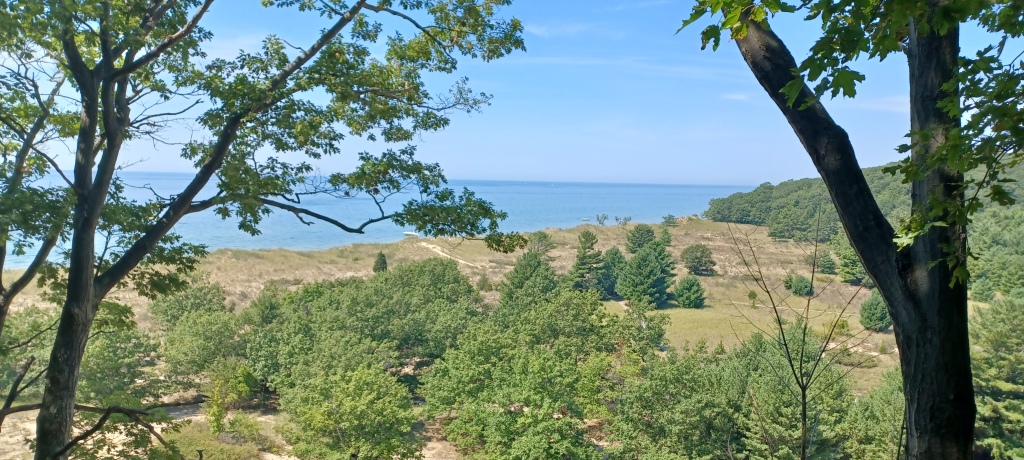Hello again folks,
Things are winding down for a bit as we go into spring here in Michigan. In a lot of ways I’m looking forward to having a “quieter” summer than the last few years when I’ve been busy, busy, busy. Doing some more things for fun will be a nice change of pace. Might even get some more reading and writing done.
Maybe, maybe not. Plenty of things I like to do for fun, and that’s a great segue into what I want to talk about today. My past post about Space Engineers has gotten a lot of love lately, and I’ve had more thoughts floating around in draft form for a while. So today, I’m going to talk more about how I like to design ships in Space Engineers, a game I very much like to play for fun when I get the rare bit of down time.
As I talked about in my last post, most ship designs are a tradeoff. This is the Iron Triangle I mentioned previously; as the major tradeoffs tend to be between Mobility (acceleration and agility, Firepower (Guns, and more guns) and Protection (armor.) Corvettes and frigates tend to skew towards mobility, whereas battleships are built all around armor and firepower.
As mobility is fairly straightforward; being mostly thrusters, engines, gyroscopes and fuel systems I’m not going to go into that. Instead, I’m going to talk about armor in Space Engineers. I have another post in the works about firepower, so that will come at a later time when some “just for fun” filler is needed while I work on more serious posts.
For anyone keeping up with this blog; I like to talk about armor; and steel, in both real and fictional settings. Maybe a bit too much… It’s almost like I’m a blacksmith with an interest in armor or something… Ahem, either way, today we are talking about ship armor. In Space Engineers, armor comes in two broad types, Light and Heavy armor. This might seem rather straightforward, and in broad strokes they are. Light armor is lightweight, but easy to punch through. Heavy armor is the opposite, it adds a lot of mass to a ship but is much more durable.
However, the costs are very different too. Light armor costs a few steel plates, whereas heavy armor is a LOT of steel plates, plus a component called metal grids. Steel plates just require iron ingots in game to make, which come from iron ore or scrap (plus carbon and other elements in real life.) Metal grids for heavy armor, on the other hand, require cobalt and nickel in addition to iron – which makes them a steel alloy. There’s a subtle metallurgy there that makes my little nerd heart happy.
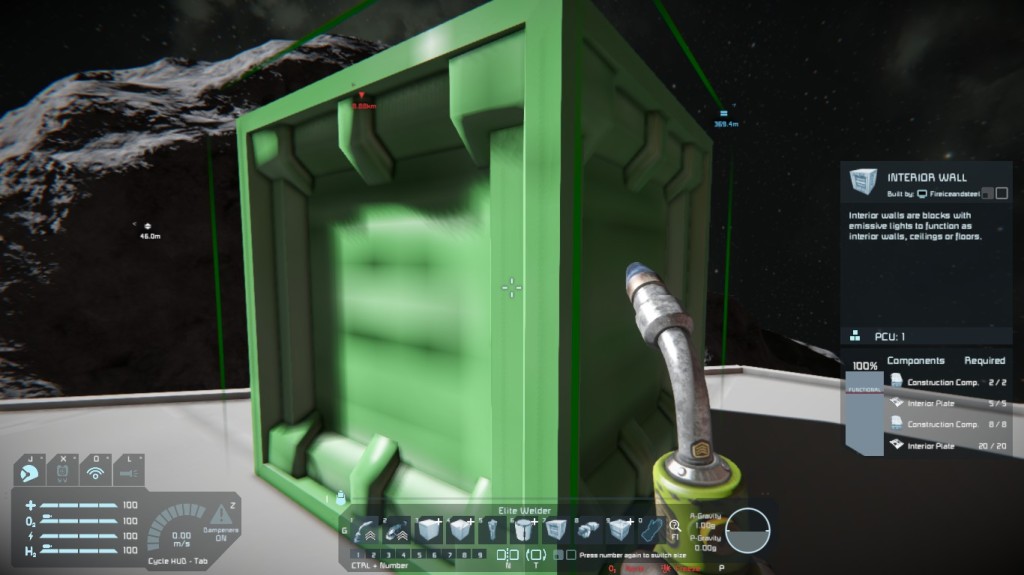

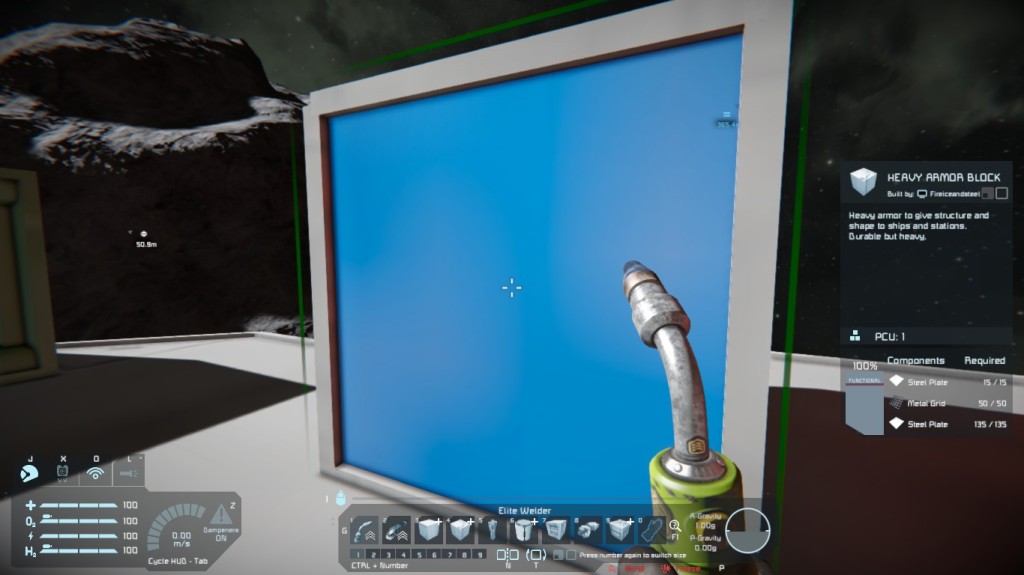
(The three “types” of blocks, from left to right; Interior, Light Armor, Heavy Armor with material costs.)
There is also a third type of component that is also made from iron, and they are called interior plates. This component, to the surprise of none, is used a lot in decorative and interior structural blocks. These blocks are easily destroyed by weapons, and they are not armor in any meaningful sense. That said, they can be used to supplement armor in a lot of creative ways. Because Space Engineers is a sandbox game, there are endless creative ways to combine armor and other blocks in your build.
Harvey, Krupp, and Class A; Oh My!
Now, you might be wondering where I am going with all this? That’s a good question I am happy to answer. There is a long history to the development of naval armor, especially iron and steel armors. I recommend you check out the sources I’ve linked below, as I don’t have the space to recap it all here. That said, towards the end of World War II, the US Navy had three major types of armor for warships; Special Treatment Steel (STS), Class B, and Class A armor plating. Maybe you see where I’m going with this?
In Space Engineers, I like to make broad correspondences between Interior blocks (STS), Light Armor (Class B) and Heavy Armor (Class A). Now, it has to be noted this is not a perfect 1 to 1 comparison, and as Barbosa once said; “It’s more like guidelines than actual rules.” In real life and even in Space Engineers, it’s a little more complicated than that, and there are shades of gray all throughout. As an example from a source below, the difference between the categories could vary by metal composition as much as by thickness.
“In the U.S. Navy, cemented armor was known as Class A armor while thick homogeneous armor was known as Class B armor. Thinner homogeneous armor plate (under 4″ or 102mm) intended for splinter protection was known as Special Treatment Steel or STS. It was similar to Class B armor, but it sacrificed just enough hardness for increased ductility to be usable as structural steel, and it was used extensively as structural steel in warships.” Pacific War Online Encyclopedia
So even in the game, there is some nuance there. In some cases I might consider thinner blocks of Light Armor as STS instead of as Class B armor. I almost always treat Heavy Armor as class A armor, and so it’s usually on the outside and on the most vital areas of the ship. Even then, there are variants. I might combine a thin heavy armor plate with a thick light armor backing. This is similar to something like Harvey Armor, but I would broadly still consider it a Class A type even though it is mostly Class B.

In other cases, I might combine a thicker Heavy plate with a thick Light Block, similar in many ways to Krupp/Krupp Cemented Armor. This would also be a Class A armor.
Also, as mentioned above, there I times when I will treat thinner light armor blocks used with interior blocks, and also consider these STS components.
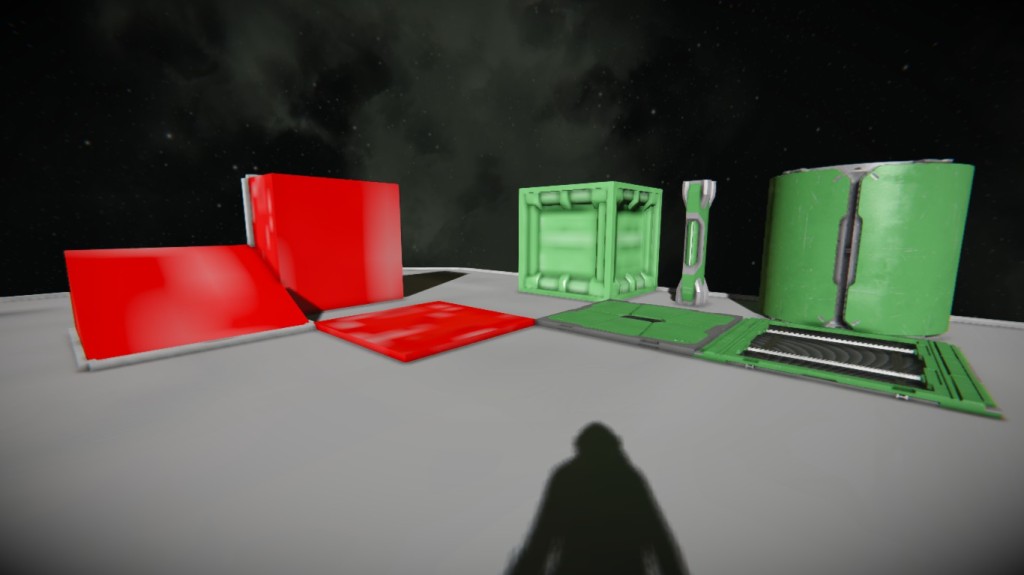
As you noticed, I tried to color code each of the blocks to make this easier to illustrate. This will be important in the next section.
Green = Interior/STS blocks.
Red = Light Armor/Class B blocks
Blue = Heavy Armor/Class A blocks.
Bringing it All Together
Long story short, it’s complicated. It’s okay, you can take a breath now. With all the mind-melting jargon I just threw at you, I wanted to take some time to just give you some examples of how this might come together as a ship in-game. Here is a very simplified version of how I might layout a warship;

For industrial ships such a freighters, there won’t be as much, if any, heavy armor (blue). I sometimes use it for mining ships or other ships that might be prone to impact damage. It’s the difference between a tank and a bulldozer. In the real word tractors and excavators aren’t “armored” per say. They are made of thick steel plates, yes, but these are not (usually) armor-grade steel. It’s often just mild or medium carbon steel, which is more akin to STS than Class A armor. Again… lot’s of nuance there and I would ramble all day trying to cover all that. Here are a few of my ships and modular armor color coded to illustrate my points;



As always,
Thanks for reading.
Sources/References;
https://en.wikipedia.org/wiki/Special_treatment_steel
https://en.wikipedia.org/wiki/Krupp_armour
https://en.wikipedia.org/wiki/Harvey_armor
http://pwencycl.kgbudge.com/A/r/Armor.htm#mozTocId712130
https://www.eugeneleeslover.com/ARMOR-CHAPTER-XII-A.html
